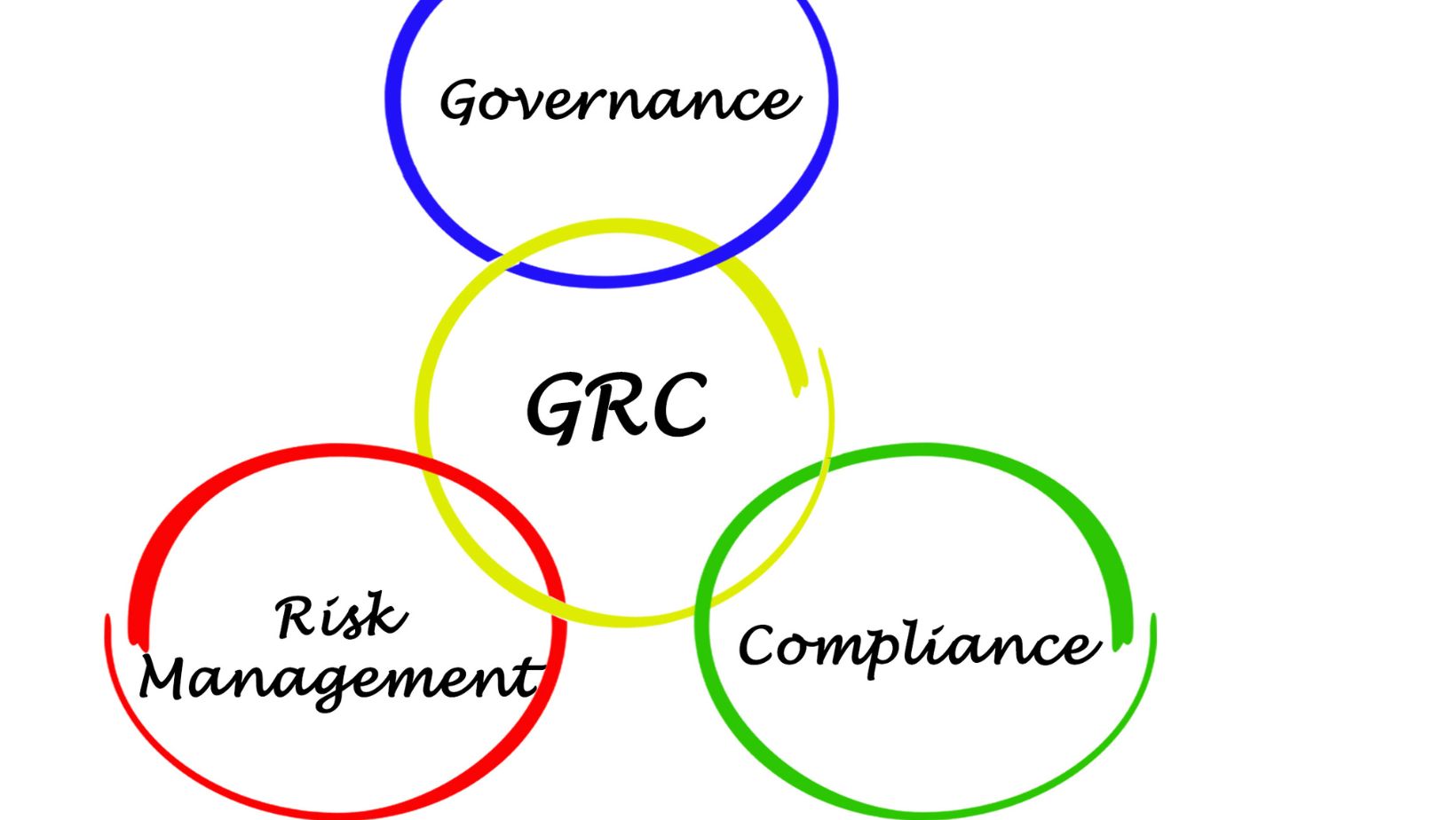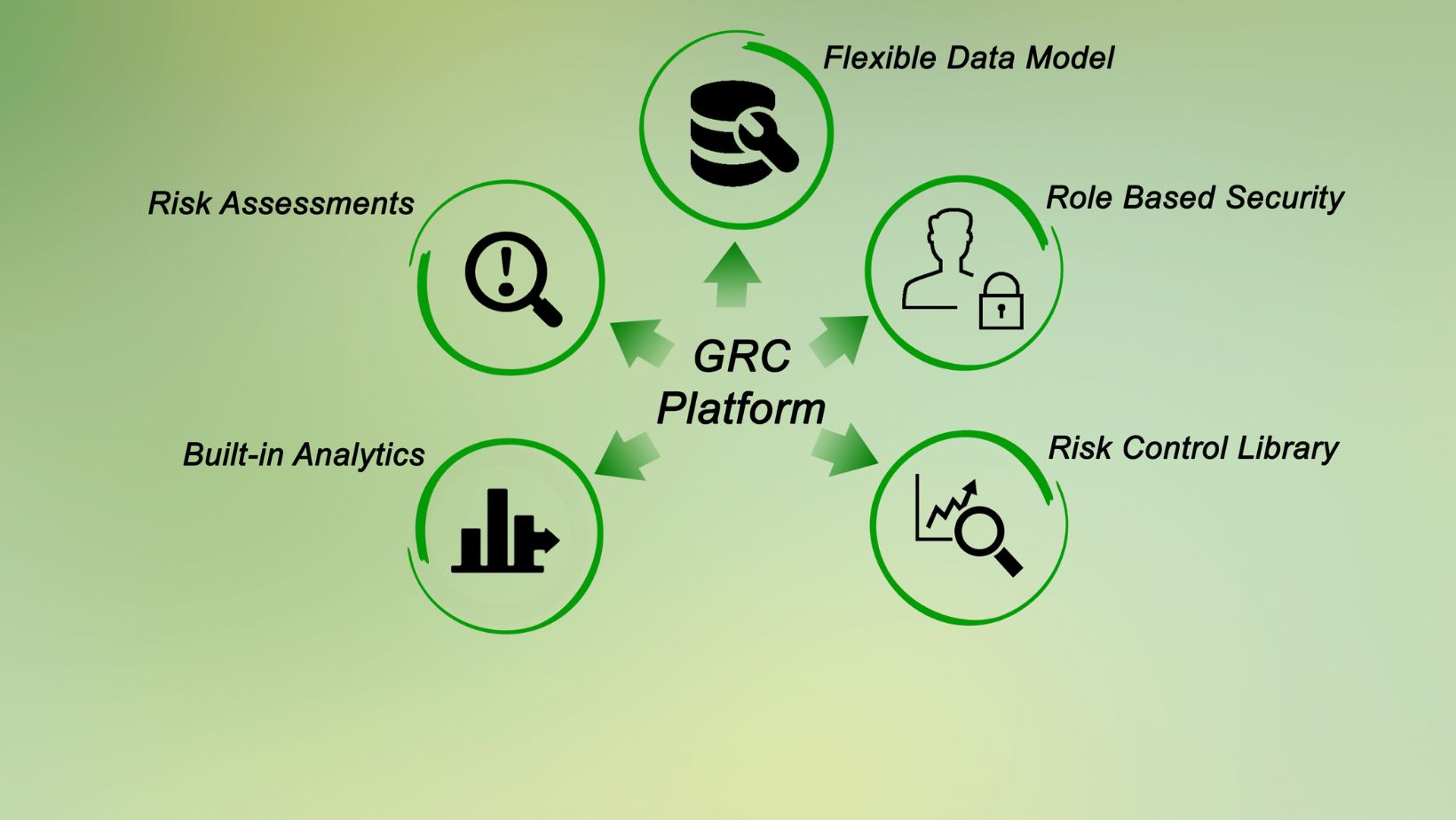1. Enhancing Strategic Decision-Making with Predictive Analytics
One of the significant roles of Governance, Risk, and Compliance (GRC) tools is to support strategic decision-making. Traditionally, GRC tools have focused on compliance and risk management by consolidating data and providing insights into the current state of an organization’s governance and compliance posture. However, the future of GRC tools lies in predictive analytics, where data isn’t just used to report on the present but also to anticipate the future.
New Idea: Modern GRC tools can be enhanced with advanced predictive analytics capabilities, utilizing artificial intelligence (AI) and machine learning (ML) algorithms to forecast potential risks and compliance issues before they occur. By analyzing historical data, industry trends, and real-time information, GRC tools can predict areas where the business is most vulnerable. This foresight enables executives to make informed strategic decisions, prioritize risk mitigation efforts, and allocate resources more effectively, thereby driving business success.
2. Creating a Culture of Continuous Improvement
For many organizations, GRC tools are primarily seen as mechanisms to ensure compliance and mitigate risks. However, GRC tools can do much more by embedding a culture of continuous improvement within the organization. By regularly assessing governance, risk, and compliance processes, companies can identify inefficiencies and areas for enhancement.

New Idea: GRC tools can be leveraged to create feedback loops that continuously collect and analyze data on governance and compliance activities. For example, by integrating GRC tools with internal audit functions and employee feedback systems, organizations can gather insights on how policies and procedures are working in practice. This continuous feedback can then be used to refine policies, improve risk management practices, and adapt to new challenges. Emphasizing a culture of continuous improvement not only keeps the organization compliant but also enhances its overall performance and adaptability.
3. Building Resilience Through Scenario Planning
Business resilience is increasingly important in a world characterized by rapid change and uncertainty. Whether it’s economic downturns, cyber threats, or global pandemics, businesses need to be prepared for a wide range of scenarios. GRC tools can play a crucial role in building resilience by enabling organizations to engage in scenario planning and stress testing.
New Idea: Modern GRC tools can be equipped with scenario planning features that allow businesses to simulate various risk scenarios and assess their potential impact on the organization. For example, a company could use GRC tools to simulate the impact of a major data breach, supply chain disruption, or regulatory change. By understanding how these scenarios would affect operations, finances, and reputation, businesses can develop robust contingency plans and response strategies. This proactive approach to risk management not only enhances resilience but also ensures that the organization is prepared to seize opportunities and recover quickly from disruptions.
In recent years, there has been a growing emphasis on ESG factors as part of a company’s long-term success strategy. Investors, customers, and regulators are increasingly demanding that businesses demonstrate their commitment to environmental sustainability, social responsibility, and ethical governance. GRC tools can be instrumental in helping companies to integrate ESG goals into their business operations.

New Idea: GRC tools can be expanded to track and report on ESG metrics, ensuring that organizations meet their ESG commitments and regulatory requirements. For instance, GRC tools can monitor carbon footprint data, track supply chain sustainability, and ensure adherence to labor standards. By aligning GRC tools with ESG initiatives, businesses can demonstrate transparency and accountability in their ESG efforts. This not only enhances corporate reputation and stakeholder trust but also positions the company as a leader in sustainable business practices, driving long-term success.
Conclusion
GRC tools are no longer just about managing risks and ensuring compliance; they’re strategic enablers that drive business success. By enhancing decision-making, supporting continuous improvement, facilitating digital transformation, building resilience, integrating ESG goals, fostering collaboration, and improving customer trust, GRC tools can unlock new avenues for growth and resilience.
As businesses navigate the complexities of the modern world, the role of GRC tools will continue to evolve. Organizations that embrace these tools and harness their full potential will be better positioned to achieve their strategic objectives, adapt to change, and sustain long-term success. By recognizing the strategic value of GRC tools, businesses can transform governance, risk management, and compliance from mere obligations into powerful drivers of innovation, growth, and resilience.























